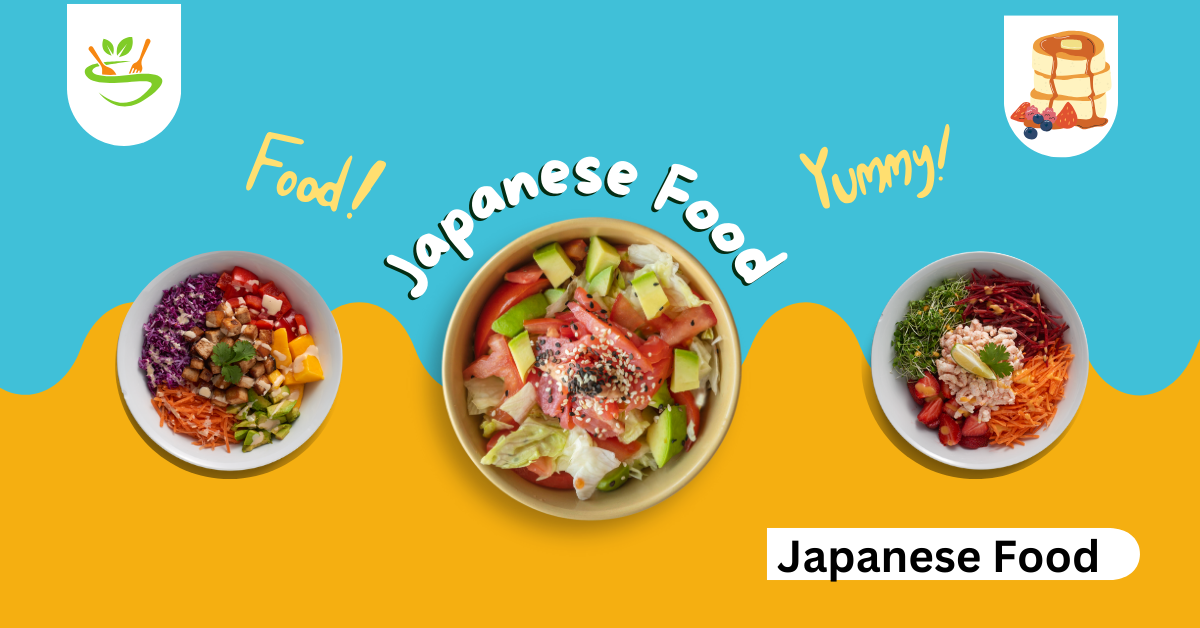Introduction
Start your day with a Japanese breakfast. This Japanese breakfast offers a unique combination of flavors, texture and nutritional balance that captivates foodies around the world. In this article, the essence of Japanese breakfast, its cultural significance, Explore common dishes, and how you can recreate that cooking experience at home. Join us as we embark on a flavorful journey through the vibrant world of Japanese breakfast foods.
What is Japanese Breakfast?
Japanese breakfast, referred to as “asa-gohan” or “morning meal,” holds a special vicinity in Japanese culture. Unlike its Western opposite numbers, which frequently function heavy and sweet gadgets, Japanese breakfast is a balanced affair, normally together with rice, soup, fish or different protein, and various facet dishes. This mixture presents a nutritious and energizing start to the day, putting the tone for a efficient morning.
The Components of a Japanese Breakfast
Rice (Gohan): At the coronary heart of each Japanese breakfast lies a bowl of steamed rice. Often quick-grain and sticky in texture, rice serves as the cornerstone of the meal, presenting a source of carbohydrates and power to fuel the day ahead.
Miso Soup: A bowl of piping hot miso soup is a ubiquitous presence at the Japanese breakfast table. Made from fermented soybean paste, dashi broth, and numerous substances including tofu, seaweed, and inexperienced onions, miso soup adds warmth and depth to the meal.
Grilled Fish (Yakizakana): Fish, whether grilled, broiled, or steamed, is a staple protein in Japanese breakfasts. From salmon to mackerel, the choice of fish varies depending on local choices and seasonal availability.
Tsukemono: These are Japanese pickles, frequently made from vegetables along with daikon radish, cucumbers, or turnips. Tsukemono adds a crunchy and tangy detail to the breakfast spread, balancing out the richness of other dishes.
Tamagoyaki: A type of rolled omelette, tamagoyaki is a candy yet savory addition to the breakfast ensemble. Made from eggs, sugar, and soy sauce, this fluffy satisfaction is both enjoyable and comforting.
Nori: Sheets of dried seaweed, referred to as nori, are generally loved alongside rice or wrapped around rice balls (onigiri). Nori provides a touch of umami and a fulfilling crunch to the meal.
Health Benefits of Japanese Breakfast
The traditional Japanese breakfast offers a myriad of health benefits, thanks to its emphasis on fresh ingredients and balanced nutrition. Here are some key advantages:
Rich in Omega-three Fatty Acids: The inclusion of fish in Japanese breakfast affords vital omega-3 fatty acids, which can be recognized for his or her coronary heart-healthful residences.
Low in Saturated Fat: Compared to normal Western breakfasts, which may be high in processed meats and saturated fats, Japanese breakfasts have a tendency to be lighter and lower in unhealthy fat.
High in Fiber: With its emphasis on rice, greens, and fermented meals like miso soup, Japanese breakfasts are a good supply of dietary fiber, promoting digestive fitness and satiety.
Balanced Macronutrients: A traditional Japanese breakfast gives a balanced mixture of carbohydrates, proteins, and fat, supplying sustained electricity for the duration of the morning.
How to Prepare a Japanese Breakfast at Home
Creating a Japanese-style breakfast at home is easier than you might think. Here’s a simple step-by-step guide to get you started:
Cook the Rice: Rinse brief-grain Japanese rice until the water runs clean, then cook dinner it according to package deal instructions or using a rice cooker for excellent consequences.
Prepare the Miso Soup: In a pot, combine dashi broth (crafted from kombu seaweed and bonito flakes) with miso paste and bring to a mild simmer. Add tofu, sliced inexperienced onions, and any other desired ingredients.
Grill the Fish: Season fish fillets with salt and pepper, then grill them until cooked thru and gently charred on the out of doors.
Serve the Side Dishes: Arrange tsukemono, tamagoyaki, nori sheets, and every other accompaniments on individual plates or in small bowls.
Enjoy Your Japanese Breakfast: Serve the entirety collectively with hot inexperienced tea for a conventional Japanese breakfast revel in.
FAQs About Japanese Breakfast is The Superior Breakfast
1. Is Japanese breakfast only eaten in the morning?
Yes, Japanese breakfast is typically fed on in the morning as the first meal of the day. However, some factors of a Japanese breakfast, such as rice and miso soup, can be enjoyed at any time.
2. Can I customize my Japanese breakfast based on dietary preferences or restrictions?
Absolutely! Japanese breakfast is fairly adaptable, and you may effortlessly customize it to suit your nutritional needs or preferences. For instance, you can opt for vegetarian or vegan variations by using substituting tofu or plant-based totally protein for fish.
3. Are there regional variations of Japanese breakfast?
Yes, specific regions of Japan may also have their own unique spin on breakfast dishes, relying on nearby ingredients and culinary traditions. For instance, inside the coastal regions, seafood may also function extra prominently, while in mountainous areas, hearty vegetables and mushrooms may additionally take center stage.
Conclusion
In end, Japanese breakfast gives a satisfying fusion of culture, flavor, and health benefits. From the simplicity of steamed rice to the complexity of miso soup, each element contributes to a well-rounded and fulfilling morning meal. Whether loved at domestic or at a conventional Japanese inn (ryokan), experiencing a Japanese breakfast is a culinary journey now not to be neglected. So why now not start your day the Japanese manner and have fun with the delights of this iconic meal?

